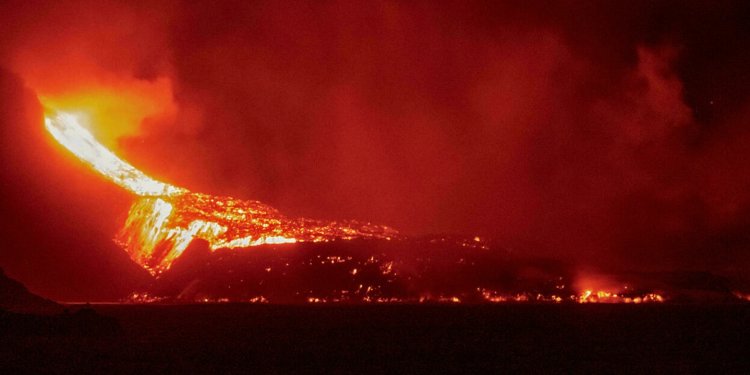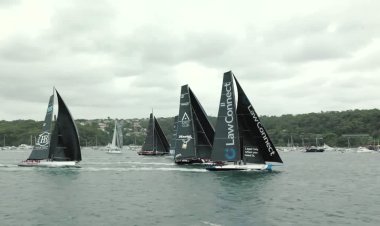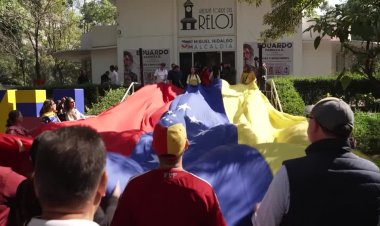Delta formed by the Cumbre Vieja volcano on island of La Palma
Scientists from Institute of Marine Sciences of Andalusia, belonging for the Spanish National Research Council, capture the delta formed by the lava flowing from the Cumbre Vieja volcano on the Spanish island of La Palma.

Lava from the erupting volcano on La Palma in the Canary Islands that began cascading into the ocean 36 hours ago has already covered more than 25 acres at sea, experts said Thursday.
Since it began on September 19, the dramatic eruption has forced thousands out of their homes, while lava has destroyed hundreds of houses, businesses and huge swathes of banana plantations.
The volcano spewed out rivers of lava that slowly crept towards the sea, eventually pouring into the Atlantic Ocean late on Tuesday in a flow which has not stopped.
"Estimates suggest it has already covered more than 10 hectares (25 acres)" at sea, David Calvo of the Canaries' volcanology institute Involcan told AFP, saying experts would carry out a more accurate assessment with drones in the coming hours.
Since then, the rivers of molten rock have not stopped cascading into the sea, creating a growing lava delta in what Calvo described as "a phase of stability".
"The lava is continuing to flow like a waterfall and a lava delta is forming at the base of the cliff, extending southwards," the Pevolca volcanic emergency committee said late Wednesday.
As the white-hot lava poured into the sea, it sent plumes of acid fumes into the air that experts said could irritate the skin, eyes and respiratory tracts, possibly causing breathing difficulties.
But fears it could affect the local population were quickly allayed as strong winds dispersed the vapours over the sea.















